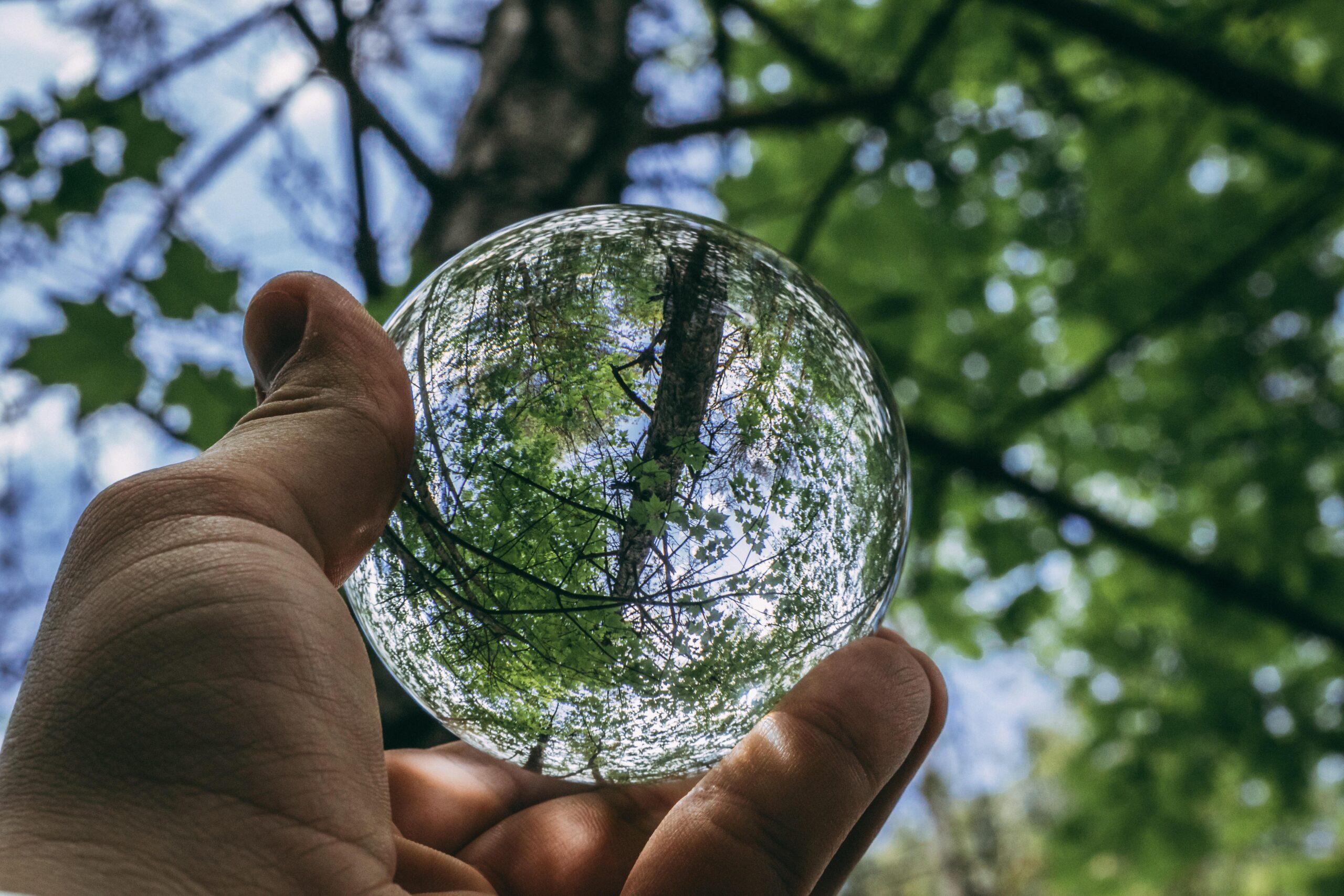Unlocking Sustainable Learning: How edtech is Revolutionizing Environmental Education
In the face of climate change and global environmental challenges, fostering eco-consciousness has never been more crucial. yet, traditional methods of environmental education frequently enough struggle to engage and inspire a generation raised in the digital era. Enter Educational Technology (EdTech)—a fast-evolving domain reshaping how we learn, interact, and connect with the world. EdTech is now at the forefront of revolutionizing environmental education, unlocking new pathways to sustainable learning that empower students and communities worldwide.
Why sustainable Learning Matters in 2024
Sustainable learning refers to educational practices that are environmentally responsible, foster long-term knowledge retention, and encourage learners to become stewards of the planet. In 2024, with environmental crises progressing, the role of sustainability in education is under the spotlight:
- Global Relevance: Environmental threats like climate change, loss of biodiversity, and pollution are universally important issues.
- Future-proof Skills: Learners need to understand complex environmental systems, renewable energy, climate policy, and low-impact lifestyles.
- Action-oriented Learning: Education must inspire real-world action and lifelong eco-friendly habits.
EdTech: A Powerful catalyst in Environmental Education
edtech refers to the integration of cutting-edge digital technologies—such as e-learning platforms, mobile applications, virtual simulations, and artificial intelligence—into educational settings. In the context of environmental education, EdTech is a powerful tool for unlocking sustainable learning by:
- Personalizing learning: Adaptive learning platforms can tailor content based on individual interests and strengths, making environmental topics more relevant to each student.
- Global Collaboration: Online platforms enable classrooms across continents to collaborate on environmental projects, share local perspectives, and foster cultural exchange.
- Interactive Simulations: Virtual labs and simulations allow learners to experiment with ecological systems, renewable energy setups, and climate models—without real-world environmental impact.
- Gamification: Game-based learning engages students with challenges centered on conservation, recycling, or sustainable farming, making eco-friendly choices fun and memorable.
Key Benefits of Leveraging EdTech for Sustainable Environmental Learning
Implementing EdTech in environmental education comes with a host of advantages that benefit students, educators, and the planet:
- Wider Accessibility: Digital resources break geographical barriers, providing learners in remote or underserved areas with access to high-quality, updated environmental content.
- Resource Efficiency: Digital textbooks, cloud-based assignments, and online collaboration minimize paper use and the carbon footprint of conventional classroom materials.
- Up-to-date Content: Environmental science is ever-evolving. EdTech tools enable real-time updates of curricular material, ensuring students learn current data and best practices.
- Active Learning: Interactive videos, quizzes, and simulations enhance engagement, critical thinking, and deep learning.
- Empowerment and Agency: Online petitions, digital civic engagement campaigns, and “green coding” challenges nurture student initiative and advocacy.
Case Studies: EdTech Shaping a Greener Generation
1.Eco-Schools Global
Eco-Schools, with its online learning platform, connects over 52,000 schools in 67 countries.Using EdTech,students track their energy usage,share eco-projects,and monitor progress through interactive dashboards—making global sustainability efforts transparent and collaborative.
2. Earth School by UNEP and TED-Ed
Launched during the COVID-19 pandemic, Earth School provided 30 interactive “quests” on biodiversity, pollution, and climate action. harnessing video lessons, quizzes, and global discussion forums, millions of learners accessed high-quality environmental education outside traditional classrooms.
3. Google Earth Outreach: Virtual Environmental Exploration
Initiatives like Google Earth Outreach empower educators and students to explore deforestation, melting glaciers, and endangered habitats using real-time satellite imagery and data visualization. This builds spatial awareness and a tangible understanding of ecological change.
First-Hand Experience: How EdTech Inspired a School to Go Green
Case in Point: At Green Valley High school, teachers integrated an environmental education app that encouraged students to record their energy-saving actions at home. Over a semester, the collective data spurred friendly competition and awareness. By the school year’s end, electricity bills dropped by 10%, and recycling rates soared. Students reported feeling empowered by tracking and sharing real-world impacts through the app’s dashboard.
Practical Tips: Integrating EdTech for Sustainable Environmental Education
- Start Small: Pilot easy-to-use apps or online resources focused on a single sustainability topic.
- Promote Digital Citizenship: Teach students about responsible technology use, online research, and cyber-eco-activism.
- Choose Sustainable EdTech Tools: select platforms and devices with renewable energy credentials, digital minimalism, and open educational resources (OERs).
- Encourage Project-Based Learning: Use digital collaboration tools (like Padlet, Google Classroom, or Canva) for group projects on local environmental challenges.
- Leverage Gamification: Implement eco-challenges or virtual competitions that reward participation and innovative problem-solving.
- Prioritize Inclusivity: Ensure accessibility for learners with disabilities through screen readers,captions,and language support.
Overcoming Challenges: Ensuring Equity and Sustainability in EdTech
While EdTech offers immense promise for sustainable learning, educators must address key challenges:
- Digital Divide: Ensure equitable access to devices and broadband for all students and provide offline alternatives when needed.
- Data Security: Protect students’ privacy, particularly when sharing eco-initiatives or tracking personal sustainability actions online.
- E-waste Management: Encourage recycling or repurposing obsolete devices and advocate for responsible technology manufacturing.
The Future: EdTech Trends Shaping Environmental Learning
- Virtual Reality (VR) field Trips: Immersive experiences to endangered rainforests, coral reefs, or polar regions ignite awe and empathy in learners.
- Artificial Intelligence (AI): Personalized study paths analyze student strengths, recommend eco-actions, and adapt to evolving interests.
- Open Source Educational Resources: OERs foster global sharing of up-to-date, culturally relevant environmental content.
- Real-Time Environmental data: IoT sensors and apps allow students to monitor local air quality,water usage,or biodiversity,bridging theory and practice.
Conclusion: EdTech Paves the Way for Sustainable Transformation
As the digital age accelerates,EdTech proves to be a game-changer for environmental education—unlocking sustainable learning that is interactive,inclusive,and action-oriented. By bridging global communities, personalizing learning experiences, and fostering a deep connection with our planet, educational technology empowers students to become informed, proactive environmental stewards.
For educators, parents, and policy-makers, integrating EdTech into environmental education is not just an opportunity—it’s an imperative. As we embrace new tools and nurture eco-conscious mindsets, we pave the way for a greener, more sustainable future for all.

